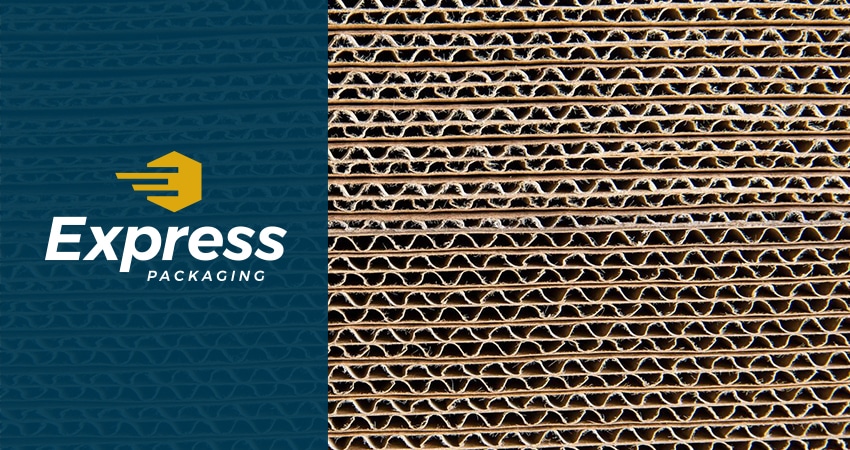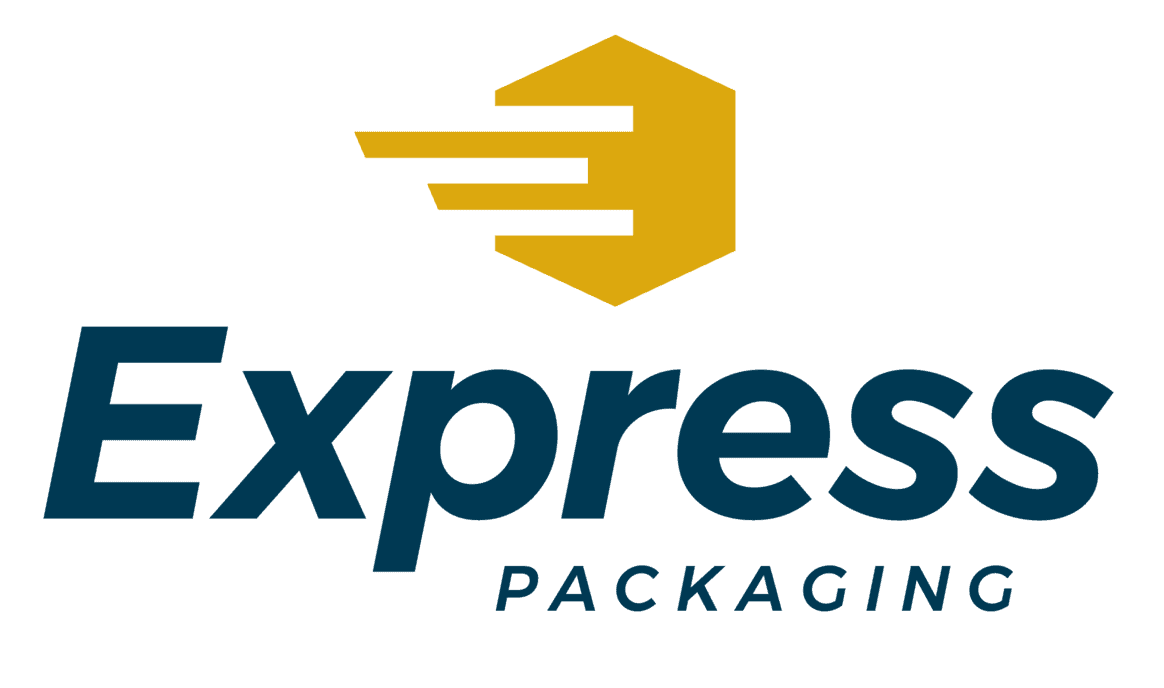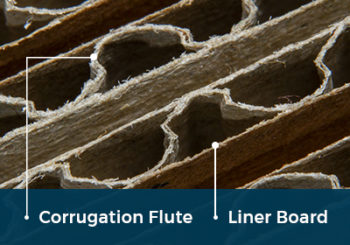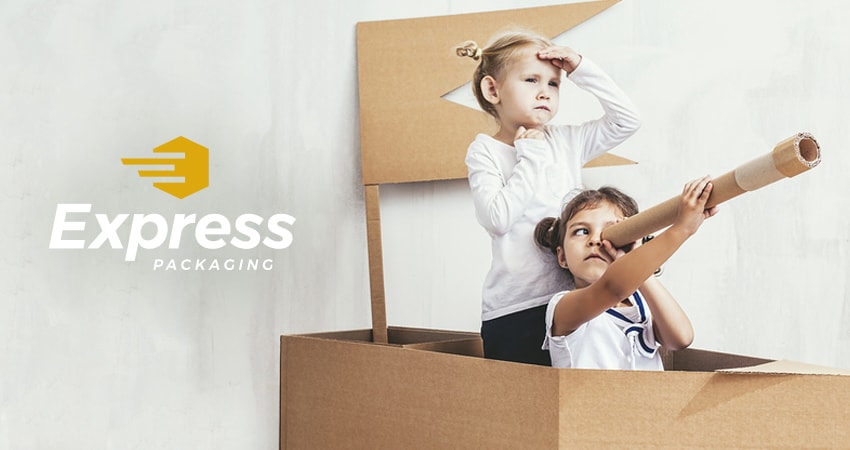
The vast majority of manufactured goods that are shipped in the U.S. arrive in corrugated boxes. Most people handle a corrugated container on a regular basis, and yet they know very little about what makes the material unique and why it is such a popular choice for manufacturers.
Corrugated Boxes 101
Corrugated boxes are created by taking at least two sheets of liner board and adhering them to sheets of corrugating medium in the middle. This corrugating medium is also known as a corrugation flute or fluting material, and it refers to the wavy material between the two outer pieces of cardboard that give corrugated boxes their unique construction. Most corrugation flute is made from a softwood fiber material called kraft, which is softened with steam so that it can be pressed between the liner board.
Corrugated boxes are such a popular choice for shipping manufactured goods partly because they are remarkably versatile, relatively inexpensive, and recyclable. Corrugated materials help manufacturers reduce their shipping expenses, and they protect the merchandise to improve customer experience.
Corrugated Box Types
All corrugated boxes are manufactured using the same basic process, but there are a variety of different types of boxes that are created specifically to work with certain items, including but not limited to:
Regular Slotted Container Type
A regular slotted container, or RSC, is the most common type of corrugated box in use. The flaps of this container are equal in length, and the two outer flaps are designed to be half the total width of the box so that they meet in the center.
Full Overlap Slotted Container Type
The Full Overlap Slotted Container (FOL) is a box designed for packages that require long sides and narrow tops and bottoms.
One-Piece Folder Type
Folder boxes are typically created from one piece of board that has several hinges, and it is then folded together to cover the items.
And More
Express Packaging is capable of manufacturing stock and custom boxes to fit the needs of virtually any industry.
Other Important Information to Know About Corrugated Boxes
One of the most popular methods of testing the strength of corrugated materials is the edge crush test—ECT. This test measures the top-to-bottom compression strength of the material, and the result is displayed by the acronym ECT followed by a number. If a box is rated ECT 44, that means it can hold up to 50 pounds of pressure per square inch before it begins to lose integrity.
Getting the Most Out of Corrugated for your Packaging Needs
Partnering with the right corrugated supplier can help reduce your costs, protect your valuable merchandise, and expand your brand reach. Contact an Express Packaging representative today to learn more about our full line of customizable corrugated materials, and discover how corrugated can help your company thrive.



